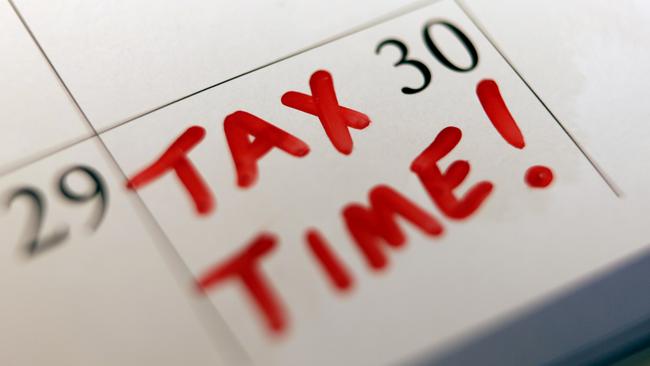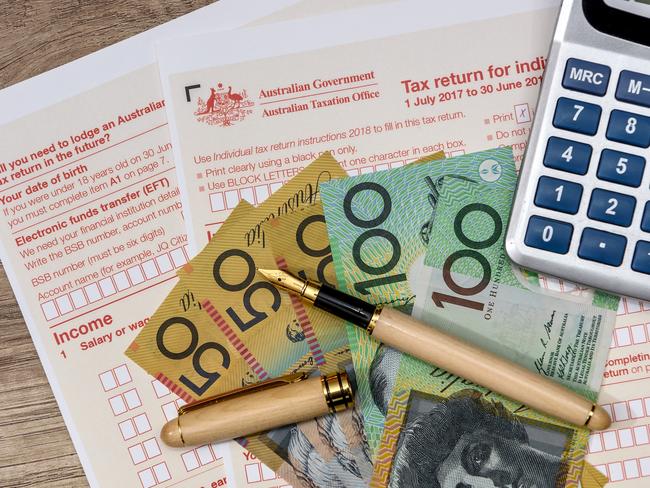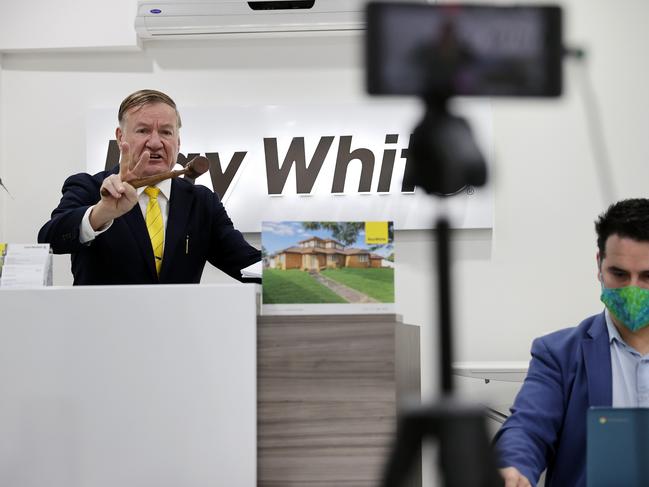End of financial year a good time for investors to review their property portfolio
For the two million or so Aussies who own an investment property, tax time is one of the most important periods of the year. Here’s what you should be doing.

At the end of the financial year some Australians give thought to their individual financial circumstances. So it’s timely to review just where rental yields stand on the investment matrix of the two million or so who own an investment property.
There are certainly challenging, changing circumstances.
MORE: Inside Karl Stefanovic’s waterfront mansion
Nicole Kidman leads celebrities moving to this NSW region
June saw gross rental yields hit a record low of 3.1 per cent across Australia’s capital cities last month, with regional Australia also seeing a 4.5 per cent record low. The CoreLogic report put Sydney’s gross yield at 2.6 per cent – the lowest of the capital cities – and at 4.1 per cent across regional NSW, which was the second lowest behind regional Victoria.
Home values have surged pretty much everywhere, except CBD units, and in every month in recent times, while rental markets have risen proportionately in regard to their distance from the CBD.

Property investing best remains a twin, long-term strategy. Of course investors can delight in the price growth, but there is no reason to diminish the income stream strategy.
Higher rental yields indicate better cash flow, with the level of rental return typically determined by the location of the investment, the type and condition of property, as well as ever changing supply and demand in the market. Rental yield is calculated by dividing the annual rental income by the property’s value and multiplying by 100 for a percentage figure.
For many decades there’s been a capital city-regional distinction. Capital cities saw most of the price growth while the regions were the place for high yielding property investment, with subdued price growth.

But the pandemic has diminished the difference, though just what systemic or permanent impact is yet to be determined. Properties that are getting around 5 per cent gross yields are likely to result in positive cash flow outcomes for investors.
And while the continued low mortgage rates has allowed many to find cash flow-positive investments, you have to look hard to secure above 5 per cent gross yields in Sydney.
Prior to the pandemic, Select Residential Property’s head of research Jeremy Sheppard noted that a cashflow positive investor would need a gross rental yield of about 4.75 per cent or higher, assuming an 80 per cent loan-to-value mortgage with a 4 per cent investor interest rate and another 1.5 per cent of the property’s value on expenses including council rates, property management and repairs and maintenance.

This means much of Sydney remains the domain of negatively geared investors. CoreLogic did note rental markets were evolving, having been buoyed by government stimulus and subdued investor activity. And there’s higher interest rates on the horizon and the prospect of falling population growth in the mix.
It might be apocryphal that Australians spend more time on their footy tips than financial planning, but the dynamic current scenario makes its important that investors review their investment circumstances more than once a year.
Originally published as End of financial year a good time for investors to review their property portfolio

